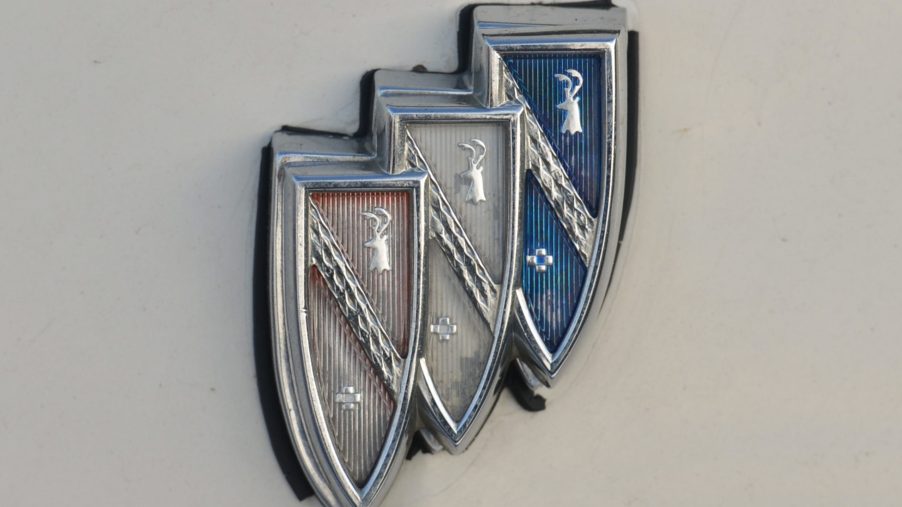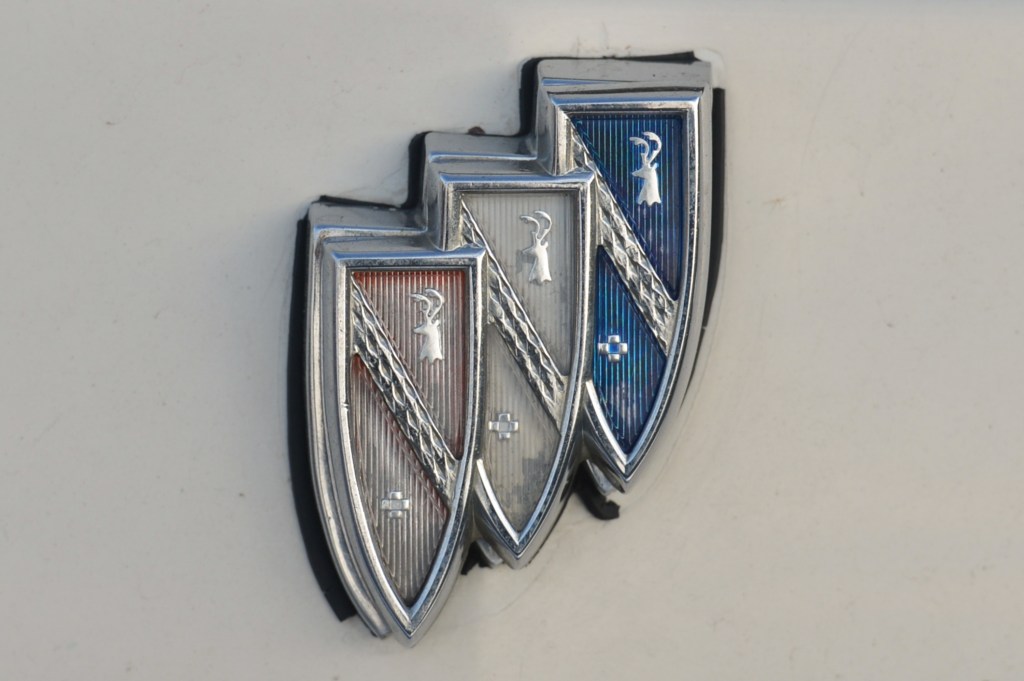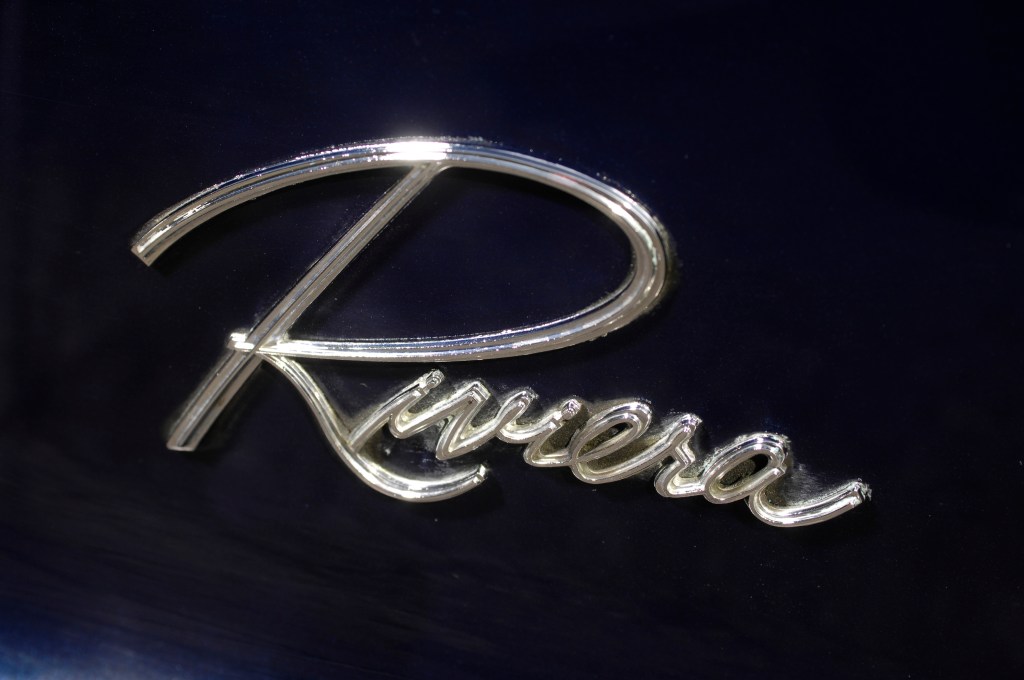
This Buick Had a Touchscreen in 1986
Infotainment systems feel like standard equipment now, but that wasn’t always the case. We’ve come a long way from the days of analog clocks embedded in dashboards. With the push to make cars 30 years ago, Buick installed a touchscreen that was decades ahead of its time. This moment in automotive history paved the way for the high-tech systems we now take for granted. In the 1980s, it seemed like a slice of science fiction.

Buick has a history of automotive innovation
The Buick brand was born of ingenuity. For more than 100 years, Buick made a name for itself and stood out in the automotive industry by revolutionizing engine performance. An employee of Buick invented the overhead-valve, changing the future of performance engines.
Future General Motors founder William C. Durant purchased Buick and its intellectual property, including the overhead valve. The overhead-valve design was immediately implemented in the Buick Model B. This car put out a full liter more displacement than any of its contemporaries and pushed 25% more horsepower.
Buick isn’t necessarily known for being at the cutting edge of automotive technology. The brand is synonymous with large, comfortable sedans. This reputation largely overlooks the companies many contributions to automotive innovation. Publications like Popular Mechanics have
The technology behind this advancement is striking
In 1986 the average car was not loaded with high-tech features. Many buyers preferred to opt for simplicity and economy over extra bells and whistles. That doesn’t mean that there weren’t a lot of high-tech features pioneered during the decade. Many of the features considered standard now could be found decades ago if you knew where to look.
Buick made a bold move that same year when it introduced the Graphic Control System to the market. Featured in a select number of 1986 Buick Rivieras, the GCC was a two-color touch screen. This touch screen allowed drivers to control systems like the heating and radio. This system may look dated now, but its technology is impressive.
The GCC screen took a few seconds to start up. Buick engineers designed it to begin turning on as soon as the driver’s door handle was touched. After 30 seconds, the screen would automatically shut off if the engine was not started. If the ignition were turned, the screen would display the driver’s home screen, which featured the most basic controls.
The touchscreen featured invisible mylar switches over its two-color display. These controls gave drivers information and access to the Riviera’s automatic climate control, AM/FM radio with optional graphic equalizer, trip calculations, gauges, and vehicle diagnostic information.
Buick executives knew they were ahead of their time

Executives at Buick loved the system. Cary Wilson was quoted as saying: “I believe this system makes Buick a world leader. A new generation of automobile electrical systems is at hand, and Buick has set the stage.” Wilson was right about a new generation of electrical systems. Today a touchscreen infotainment system is taken for granted. In 1986 it was groundbreaking.
Wilson hoped that infotainment systems would reach the prevalence they have: “Right now, I think the system is expensive enough that it’s probably only going to be applicable on high-line cars, but I would like to see this system eventually find its way into the lower-price cars.” Today it’s common place for even economy cars to be loaded with tech features that ’80s car manufacturers could only dream of.


